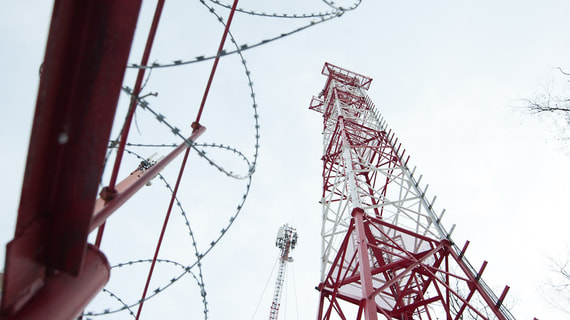Donetsk mobile operator “Phoenix” will work throughout Russia
[ad_1]

The DPR cellular operator Republican Communications Operator (ROS, operating under the Phoenix brand) will begin providing communication services throughout Russia from November 1, according to the operator’s official VK page.
Registration in the networks of Phoenix roaming partners in other regions of Russia will be automatic. Outgoing calls to mobile and landlines outside the “home region” will cost 3 rubles. per minute, outgoing SMS – 1.5 rubles, incoming calls and SMS will be free.
Phoenix mobile internet in roaming can be activated as an additional service under the “United Country” promotion. For 1 GB you will have to pay 180 rubles, 2 GB – 350 rubles, 5 GB – 700 rubles. At the same time, additional services of the mobile operator, such as the “Freedom Day”, “Freedom Night” options, the ability to connect to the “Social Networks Without Borders!” campaign, “Package Data Transfers” and “Package SMS Offers” will not be available.
Mobile communication services through roaming partners in the rest of Russia became available after the integration of DPR networks into the Russian telecom space, ROS said in a statement. Due to the large-scale modernization of the core network, codes began to change from Ukrainian to Russian +7949, Phoenix press secretary Victoria Ponomareva told the Vesti.Donetsk TV channel. The process of assigning a Russian code occurs remotely without their participation.
Subscribers who are unable to change the code remotely will need to contact the subscriber service center for a free replacement of SIM cards, she clarified. You can check the registration of SIM cards in roaming from November 1 in the subscriber’s personal account or through a short call to *180#.
Phoenixv’s coverage area is not limited only to the DPR; the operator also began working in the Zaporozhye and Kherson regions. “Based on the results of January-June of this year, the network coverage density in the RUS service area in the liberated territories of the DPR was 75.6% in the 2G standard and 41% in the 4G standard. On the territory of the DPR, excluding liberated settlements, 99.5% are in the 2G standard and 60.1% are in the 4G standard. The 2G network coverage in other new regions is approximately the same, and covers about 43% of the territories, and the 4G network at the end of the first half of 2023 covered 6.2% of the liberated settlements of the Kherson region and about 20% of the Zaporozhye region,” said the deputy director of “ Phoenix” Vladislav Trunov during a briefing with journalists in July 2023.
Phoenix initially worked only in the DPR, but now the coverage area of its networks has expanded to other new regions, confirms the former Minister of Communications of the DPR Viktor Yatsenko. According to his estimates, the operator’s subscriber base is now just over 1.5 million people.
Most likely, outside of the new regions in the rest of Russia, Phoenix can work on Tele2 networks as a virtual operator, suggests Denis Kuskov, CEO of Telecom Daily. The main coverage area of Phoenix is in the DPR zone, but it will also be actively present in the LPR, Kherson and Zaporozhye regions, since the “big four” federal cellular operators do not enter there, the expert believes.
It is unlikely that Phoenix will receive a large number of subscribers outside the new territories, continues Kuskov. But it will be possible to call it “the single mobile operator of the Russian Federation” and derive marketing benefits from this, he points out. Also, through Phoenix it will be possible to ensure supplies to the DPR of telecommunications equipment, which due to ongoing hostilities is breaking down and needs to be updated, the expert concluded.
[ad_2]
Source link








